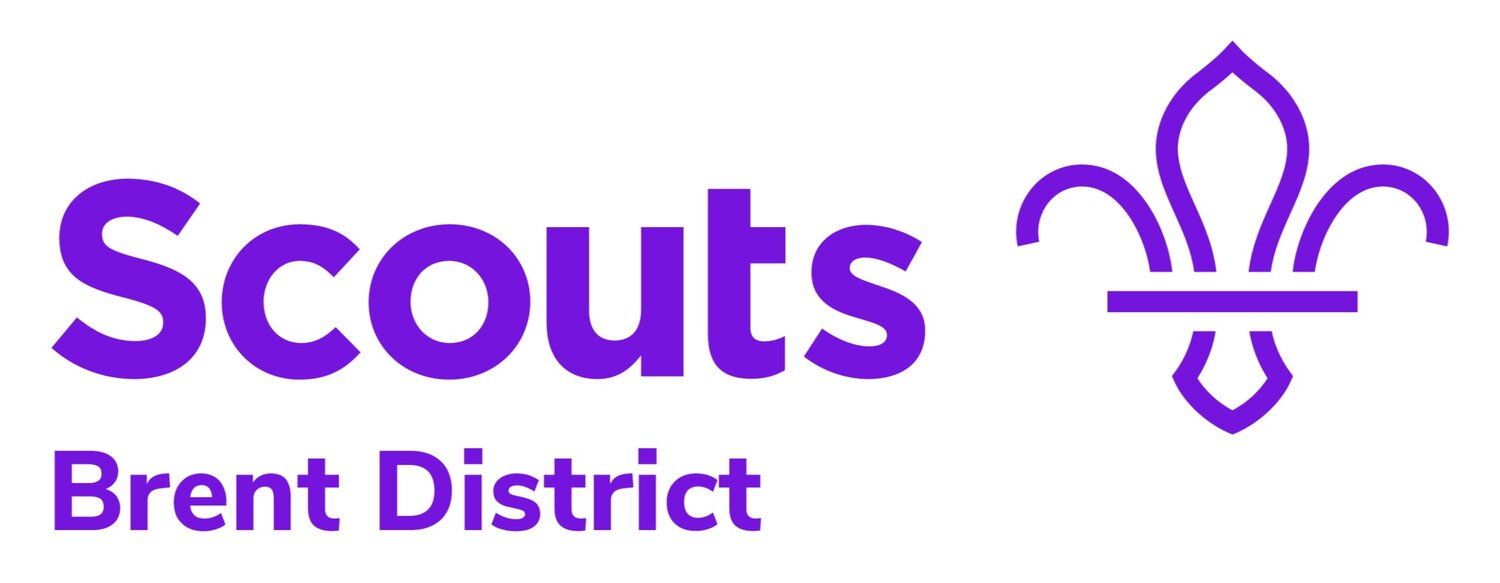Perception of Scouting in the Workplace
Following our initial survey of Parents, we considered surveying community leaders; instead, we surveyed people in work to see how scouting is perceived and understand how Scouting might help job candidates.
Of those that responded:
19% had been a youth member of The Scouts in the UK, and 10% in another country
16% had been a youth member of The Girl Guides in the UK, and 3% in another country
None of the respondents currently volunteer for The Scouts
40% volunteer at another organisation and 6% were trustees
None of the respondents had children who are currently youth members of The Scouts
84% had children that are 6-18 years old and have never been members
6% had children on a waiting list to join
9% had children under 18 that had previously been members
We started with a simple question; Which colour do you most associate with scouting? We were surprised to find that 84% said Green, and only 6% said Purple; given our logo is purple, we had thought this would have been a more popular option.
38% of respondents knew where the nearest scout group to their home was, and 72% said they would use Google Search or Maps to find the nearest group compared to only 25% who would use the scouts.org.uk website.
Characteristics of Membership
Gender
When do you think Scouting in the UK opened to girls in all age ranges?
While we did open to girls in 1992, it wasn’t made a requirement until 2007 over 65% of respondents did guess it was either 1992 or 2002. This suggests that there is a general understanding that Scouting in the UK is open to girls.
We do know from the joining applications the District received some parents still assume Scouts is only open to boys and ask where their daughters can go.
What percentage of youth members do you think are girls?
Nationally ~32% of the youth membership is girls, there is still some work to do on this perception as 45% of respondents thought it was only 20% or less.
Religion
Only 6.3% thought Scouting is not open to Muslims, and 3.1% thought not open to no religion. All the people who thought scouting was not open to Muslims declared themselves Christian.
Volunteers and Paid Staff
In our previous survey, we asked parents about who they thought was a volunteer and who was a paid member of staff. We wanted to get more information about this and if it was a wider miss-conception about volunteers and paid staff in scouting.
Compared to The Scouts, do you think the following organisations have more or fewer [regular volunteers/paid staff]?
The actual number of volunteers and staff in each organisation are shown here:
While most respondents correctly guessed that the Scout Association has fewer staff, this data has shown that it is more a question of scale than ratio of volunteers to staff. In all cases most respondents thought that all of these organisation had more volunteers than The Scouts.
The National Trust and St. John Ambulance most often identified as having more volunteers than The Scout, however The National Trust has 50,000 volunteers and St. John Ambulance 20,000. This makes Scouting three times the size of The National Trust, it would seem that just the size of scouting in the UK is underestimated by the general population. It would be interesting to ask a similar question about the number of young people taking part in scouting.
Scout Groups deliver local scouting, there are over 7,000 across the UK; how many paid staff do you think the average Scout Group has?
Agreeing with our previous survey of parents, half of the respondents thought that a Scout Group would have at least one member of paid staff, with 17% thinking a Scout Group would have five or more staff.
Do you think the following roles, just based on the title, are volunteers or paid staff?
Roles people are more likely to assume are paid roles include terms like:
Director
Manager
Officer
Volunteering and Work
On an average week how many days do you work from home?
Does your employer offer paid time-off for volunteering?
Have you used the volunteering days in the last year?
Comments
“I think being a scout is old fashioned and traditional in the best way and a much needed organisation that should be more advertised if I knew where to start I would love to volunteer but don’t see anything about it. The great outdoors is becoming further and further away from us and basic knowledge of it is becoming less common. I think the Scouts could do with a revival get kids excited about tying knots again.”
Conclusions
We need to do more to promote the scale and size of scouting relative to other organisations which are perceived to be bigger, this would need to happen at both a local and national level.
There is an opportunity to recruit volunteers who have more available time to increase working at home, as well as better integration into workplace volunteering schemes - where 75% of the available company volunteering time is going unused.



